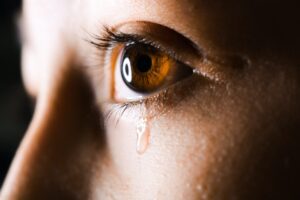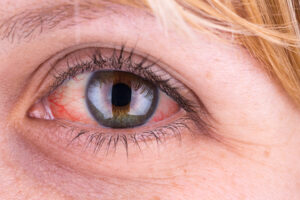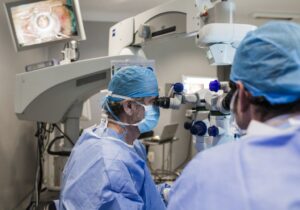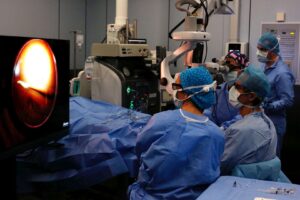Eye diseases
Eye injuries
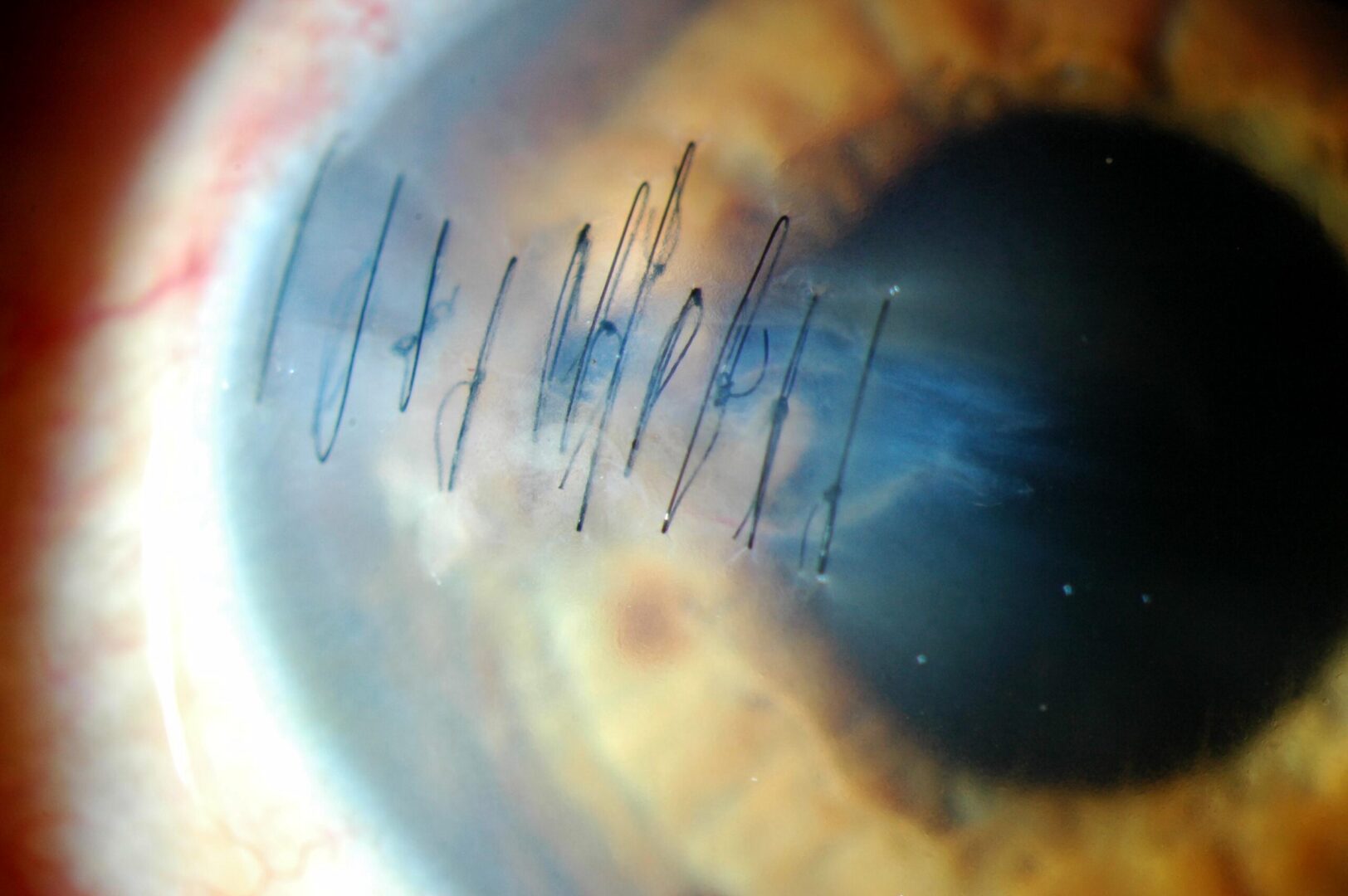
What are eye injuries?
Eye injuries account for almost half of all ophthalmological emergencies and can affect any ocular structure (eyelids, cornea, crystalline lens, retina, optic nerve, eyeball, etc.), and require specialist handling in each case. They may vary in severity, from minor erosions or scratches on the surface of the eye to damage that could jeopardise the integrity of this organ and the eyesight.
In general, there are two main groups of eye injury:
- Mechanical injuries: either closed, such as bruises, or open wounds that might be due to a foreign body penetrating the eyeball and even perforating it or causing it to explode.
- Non-mechanical injuries: such as chemical burns (caused, for example, by cleaning products) or light or electrical trauma (produced by ultraviolet radiation, lasers, rays, etc.)
Symptoms
Causes and risk factors
Treatment
Symptoms may vary greatly depending on the type of injury and its location, bearing in mind that the most noticeable injuries are not necessarily the most severe. Therefore, the case of an injury, it is important to visit the emergency ophthalmology department where a specialist will perform a full eye examination to determine the true scale of the damage and direct the treatment more precisely.
The main concern following an accident involving the eye is that it might have after-effects on the eyesight. In fact, eye injuries are the main cause of a loss of visual acuity in youngsters, and it is estimated that over 25% of all severe cases might lead to blindness. However, if part of the clarity is still preserved after the injury and there has been no retinal detachment or perforation, tear or severe infection of the eyeball, this is encouraging for a better final visual prognosis if early and expert intervention is sought.


